Understanding the Current Pilot Landscape: Insights into 2024
In light of the prevailing shortage of pilots affecting North America and various parts of the world, this could be an opportune moment to explore the path of becoming a pilot.
The aviation sector is experiencing notable shifts, with more airlines initiating fully sponsored pilot programs, substantial salary hikes, and intense competition to attract qualified pilots. As we look forward to 2023, it promises to be a remarkable year for individuals aspiring to pursue a career as an airline pilot.
For those interested in flight training, a comprehensive guide has been crafted to consolidate all essential information in one accessible resource. If this information intrigues you, stay tuned for an in-depth blog post on airline pilot salaries.
Addressing the Pilot Shortage:
The scarcity of pilots is evident in North America, particularly among major airlines like American Airlines, Delta, and Southwest, struggling to secure experienced pilots.
Impact on Pilot Compensation:
The pilot shortage is contributing to substantial pay raises, with Delta Airlines planning a 34% salary increase over the next three years. American Airlines recently received a 40% pay raise offer, potentially resulting in top earners reaching an annual salary of $590,000. This surge in pilot compensation surpasses global inflation rates and could set new benchmarks in negotiations between airline pilot unions and employers.
Unpacking the Reasons for the Shortage:
The pilot shortage is more pronounced in the U.S. due to the “1,500 Hour Rule,” which elevated the minimum flight time for commercial airline pilots from 250 to 1,500 hours. Stricter regulations, extended training requirements, and an aging workforce further exacerbate the shortage. The recent increase in the retirement age for pilots in the UK and Europe from 55 to 65 may amplify the shortage in those regions over the next 2-5 years.
Global Recovery and Variances:
The U.S. has experienced a swifter recovery in air travel demand post-COVID-19 compared to the rest of the world. In the UK and Europe, pilots can join major airlines and fly jet aircraft with a minimum of 250 hours of flight time, alleviating the shortage temporarily.
Potential Solutions and Opportunities:
There are discussions about the U.S. opening Green Card procedures to attract European and UK pilots. The current demand exceeding supply could lead to increased sponsored pilot training programs, wherein airlines finance cadets’ training in exchange for future employment. Such developments may positively influence terms, conditions, and pay across the global aviation industry.
Active Recruitment by Airlines:
After a post-COVID hiatus, many airlines are resuming their recruitment processes, aiming to train a maximum number of recruits this year. Movement between airlines is anticipated, driven by factors such as improved salaries, better terms, and enhanced pilot lifestyles.
Pilot Training Opportunities:
Encouragingly, international airlines like TUI have launched sponsored training schemes, presenting opportunities for cadets to embark on their MPL program. As the pilot shortage persists, more airlines might open their cadet training schemes to meet escalating demands.
Rethinking Pilot Compensation:
The salary for Delta Airline pilots, already lucrative, is set to increase by 34% over the next three years, potentially boosting annual earnings by up to $85,000. While not all pilots may experience such dramatic increases, this shift in compensation trends may influence other airline pilot pay contracts.
Considering the Future in 2024:
As we distance ourselves from the challenges of COVID, the aviation industry’s recovery appears promising. However, global economic uncertainties linger, and circumstances may evolve. Despite potential challenges, the aviation industry is anticipated to grow, with increasing opportunities for aspiring pilots in 2024.
For those considering a career in aviation, this information aims to provide comprehensive insights into the current pilot landscape and the potential trajectory of the industry.
























